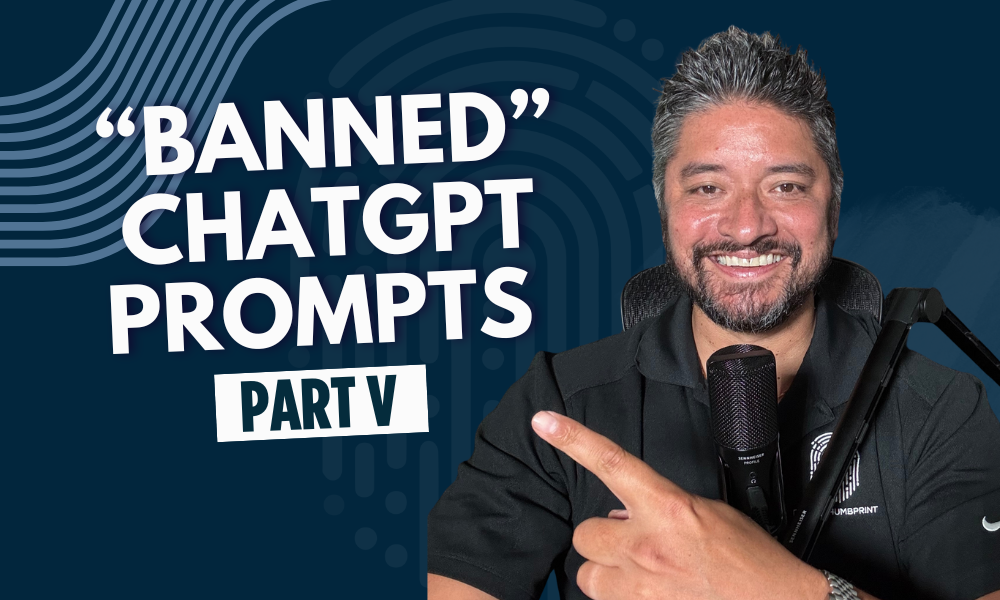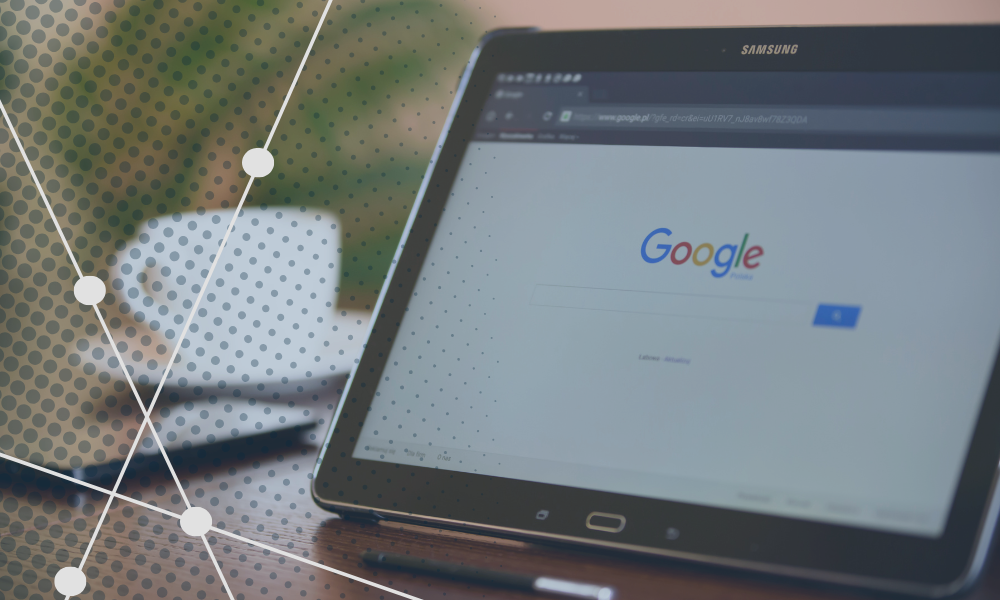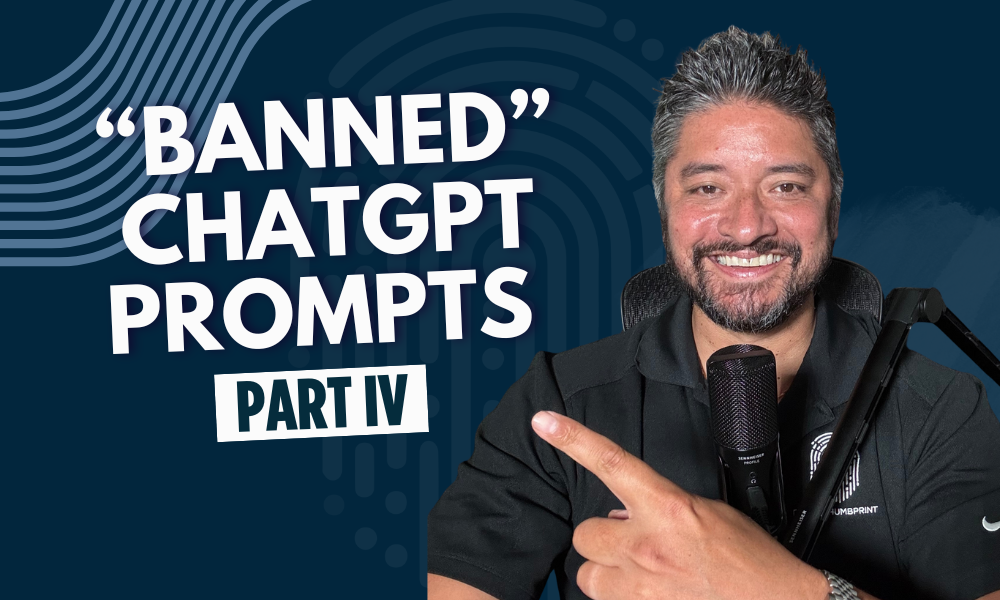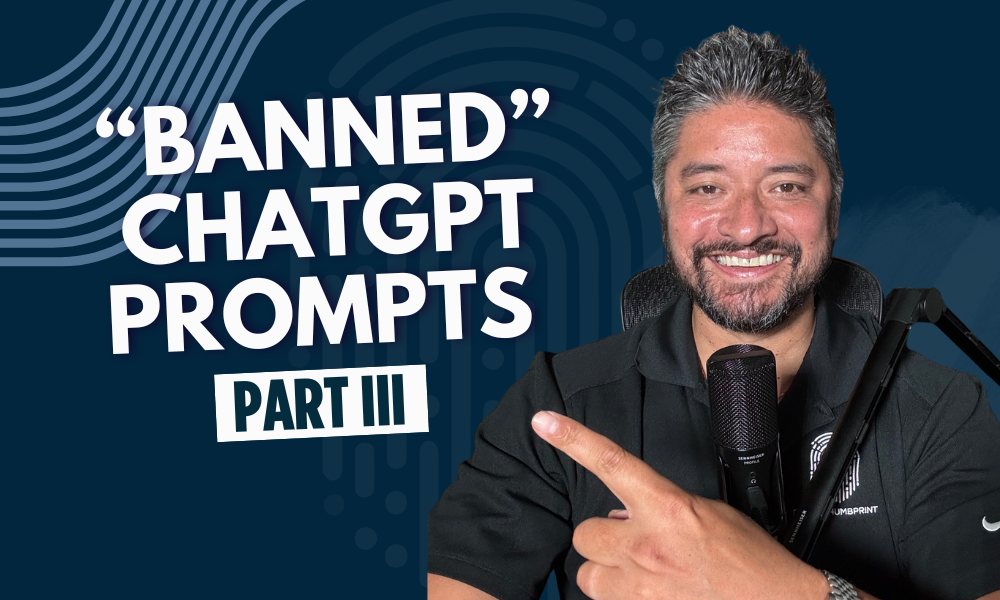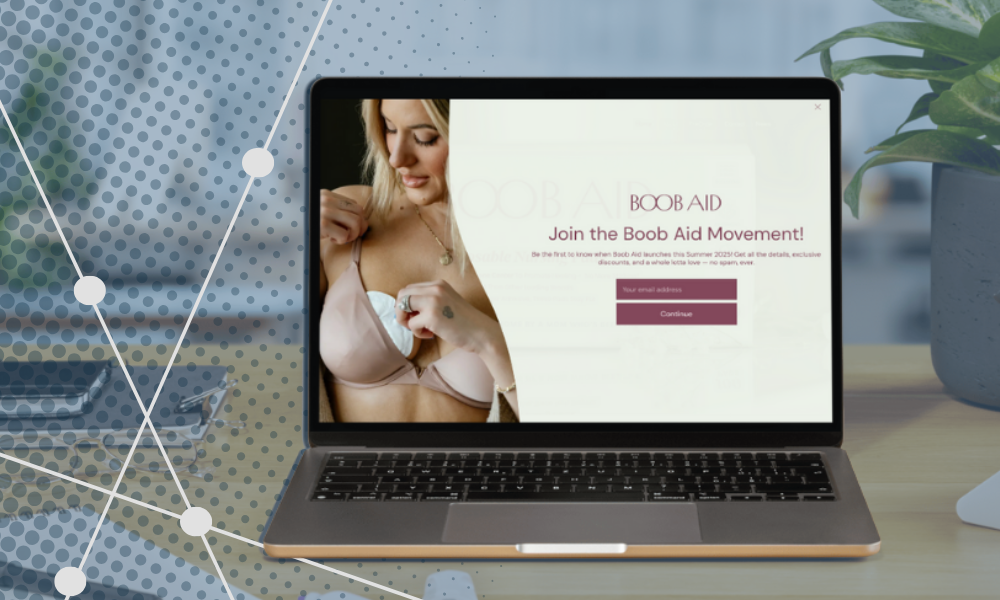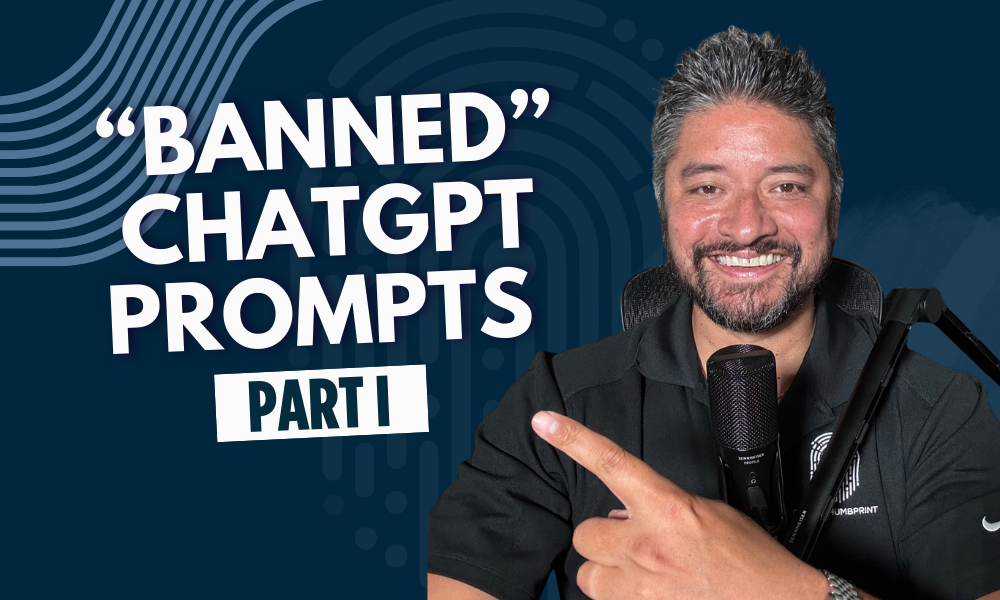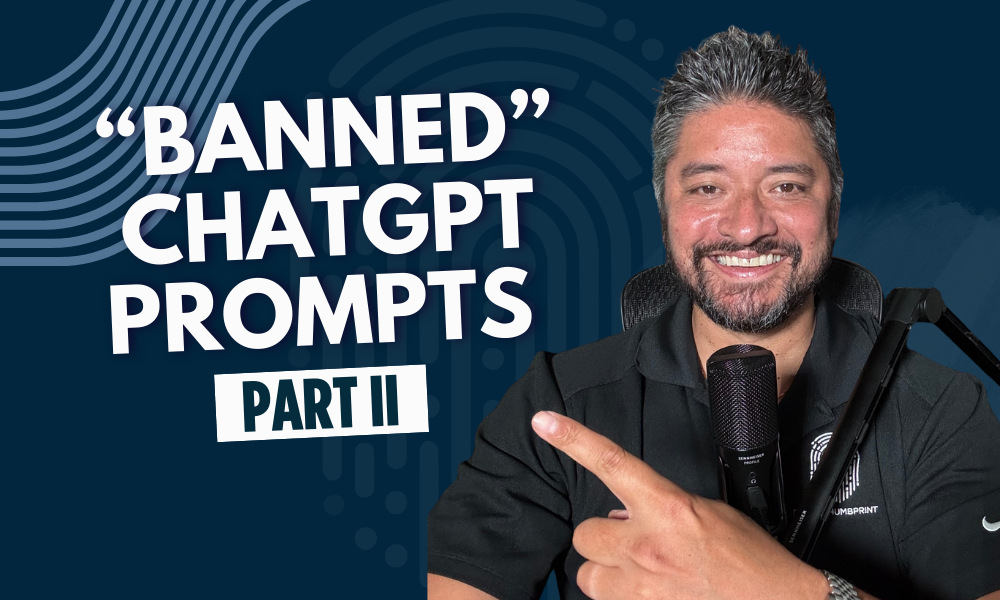When it comes to growing your business online, two of the most common strategies are Search Engine Optimization (SEO) and paid advertising (often called PPC, or pay-per-click). But which one is better? Should you focus on SEO for long-term growth, or invest in paid ads for quick wins?

At Design Thumbprint, we specialize in both. And here’s what we’ve learned: it’s not really about SEO versus paid ads—it’s about how to combine them strategically. In this blog, we’ll explore the differences, the advantages of each, and why the most successful businesses use a hybrid approach that leverages both.
Understanding SEO
Search Engine Optimization (SEO) is the process of improving your website so it ranks higher in organic (unpaid) search results. When someone types “roofing company in Oklahoma City” or “best Italian restaurant near me,” SEO determines whether your business shows up—or gets buried on page three.
Key elements of SEO include:
- Keyword optimization – Aligning your content with terms your customers search for.
- Technical SEO – Improving site speed, mobile performance, and crawlability.
- On-page SEO – Optimizing titles, meta descriptions, images, and content.
- Off-page SEO – Building backlinks and improving online authority.
- Local SEO – Optimizing Google Business Profiles and local citations.
SEO takes time to build, but the results are lasting.
Understanding Paid Ads (PPC)
Paid advertising, or pay-per-click, gives your business immediate visibility. With PPC platforms like Google Ads, Facebook Ads, and Instagram Ads, you can pay to appear at the top of search results or in front of highly targeted audiences.
Key elements of paid ads include:
- Ad targeting – Selecting audience demographics, interests, or keywords.
- Creative and copywriting – Designing compelling visuals and writing engaging ad text.
- Bidding strategy – Determining how much you’re willing to pay per click or impression.
- Conversion tracking – Measuring performance and ROI.
Paid ads deliver instant traffic, but results stop when you stop spending.
SEO vs. Paid Ads: The Key Differences
While SEO and paid ads share the goal of driving traffic and conversions, they work very differently.
| Feature | SEO (Organic Search) | Paid Ads (PPC) |
| Cost | Ongoing investment in content & optimization | Pay-per-click or impression |
| Speed | Slow build (3–6 months to see strong results) | Instant visibility once campaign launches |
| Longevity | Long-term, compounding results | Stops when budget stops |
| Trust Factor | Builds credibility (seen as more “authentic”) | Can appear “salesy” if overused |
| Targeting | Based on keywords and search intent | Highly specific (demographics, interests) |
| ROI | Higher ROI over time | High ROI in short bursts if campaigns are managed well |
When to Choose SEO
SEO is the right choice if:
- You want long-term growth and visibility.
- You’re building brand credibility and trust.
- You’re targeting search-driven customers (people actively looking for your service).
- You want to reduce ad dependency over time.
For example, if you run a plumbing company in Oklahoma, SEO ensures that when someone searches “emergency plumber near me,” you appear in the top results—even when you’re not paying for ads.
When to Choose Paid Ads
Paid ads are the right choice if:
- You need immediate results (such as a product launch or special promotion).
- You’re testing new markets or offers.
- You want highly targeted exposure based on demographics or interests.
- You’re working in a competitive niche where SEO takes time.
For example, if you’re launching a new restaurant in Edmond, running paid ads on Facebook and Instagram can quickly get people through the door.
Why You Need Both
While SEO and paid ads both have strengths, the most successful businesses don’t choose one—they use both. Here’s why:
- Short-Term + Long-Term Growth
Paid ads bring in quick traffic while SEO builds lasting visibility. - Data Sharing
Paid ads provide fast insights on which keywords and messages resonate. Those insights can improve your SEO strategy. - Increased SERP Real Estate
With both paid ads and organic rankings, your business can dominate the first page of Google. - Balanced Budgeting
Paid ads allow flexibility in spend, while SEO creates a baseline of “free” traffic. - Customer Journey Coverage
SEO captures high-intent searchers, while paid ads can build awareness with audiences who don’t yet know you exist.
Case Study: Combining SEO and Paid Ads for Maximum Growth
One of our Oklahoma clients—a home services company—came to us struggling to generate consistent leads.
What we did:
- Optimized their website with local SEO to target searches like “roof repair in Oklahoma City.”
- Built geo-specific landing pages for their service areas.
- Ran Google Ads campaigns targeting emergency services.
- Used Facebook retargeting ads to follow up with visitors who didn’t convert.
The results in six months:
- 85% increase in website traffic
- 50% increase in leads
- A more balanced lead flow (quick wins from ads + steady growth from SEO)
This approach gave them both the immediacy of paid ads and the long-term stability of SEO.
Common Mistakes Businesses Make
Businesses that struggle with SEO and paid ads often make these mistakes:
- Treating SEO as a “one-and-done” project
- Running ads without proper tracking or targeting
- Using the same messaging across all platforms
- Not aligning SEO and PPC strategies (leading to missed opportunities)
- Over-relying on one channel (SEO or ads) instead of combining both
At Design Thumbprint, we build integrated campaigns that avoid these pitfalls.
How Design Thumbprint Helps Businesses Succeed with SEO + Paid Ads
We’re not just an SEO company or a Google Ads agency—we’re both. That means we create a unified strategy that ensures every dollar and every piece of content works harder for your business.
Our services include:
- SEO Services: technical audits, on-page optimization, content creation, local SEO.
- Paid Ads Management: Google Ads, Facebook Ads, Instagram Ads, TikTok Ads, LinkedIn Ads.
- Analytics and Reporting: clear data showing ROI from both channels.
- Content Strategy: SEO-driven content that can also fuel paid ad campaigns.
- Ongoing Consulting: adjusting strategies as search trends and algorithms evolve.
Final Thoughts
When it comes to growing your business online, the question isn’t “SEO or paid ads?”—it’s how to use both together to maximize your visibility, leads, and sales.
SEO creates a long-term foundation of organic traffic, while paid ads provide the speed and targeting to capture opportunities right now. When combined, they create a growth engine that’s greater than the sum of its parts.
At Design Thumbprint, we help businesses create custom digital marketing strategies that integrate SEO and paid ads for measurable results.
Ready to build a strategy that covers today and tomorrow? Visit DesignThumbprint.com to learn more about our SEO and paid advertising services.


